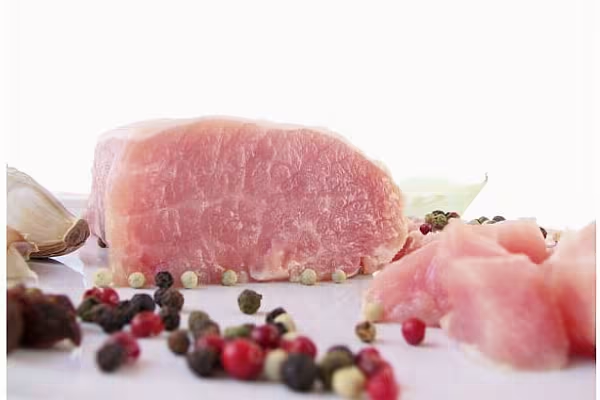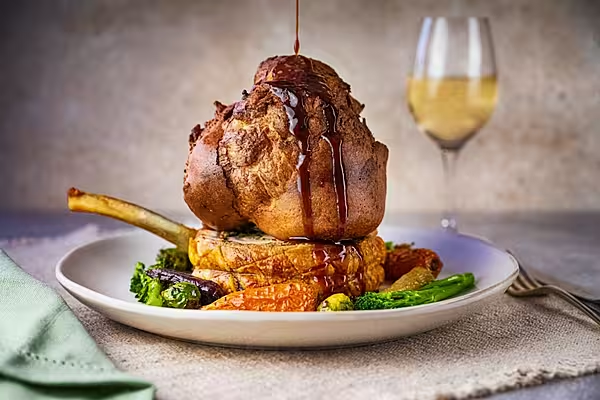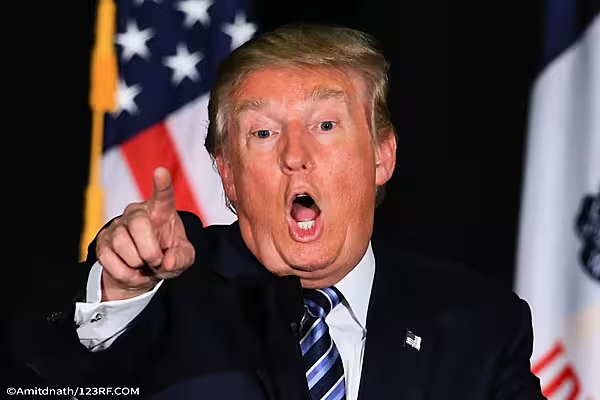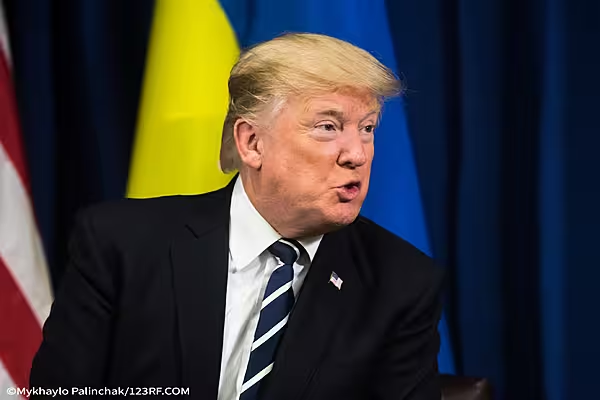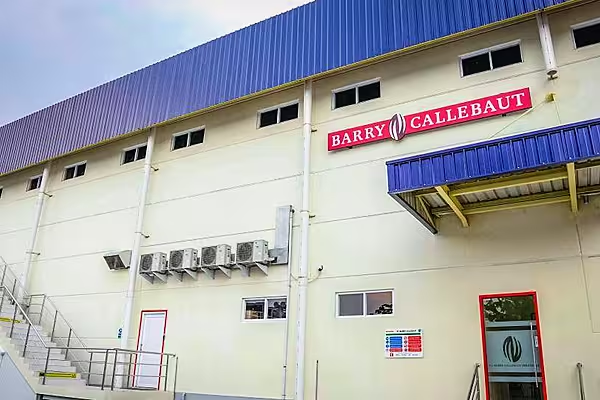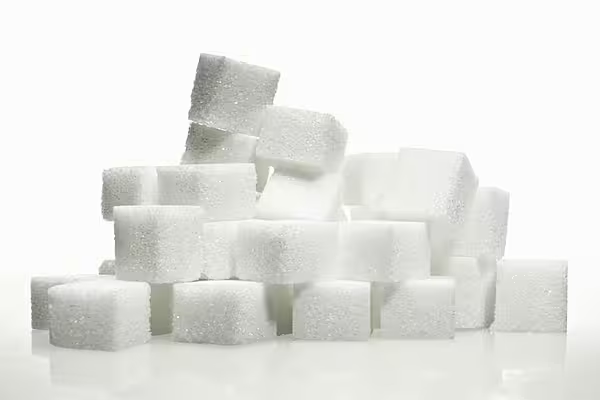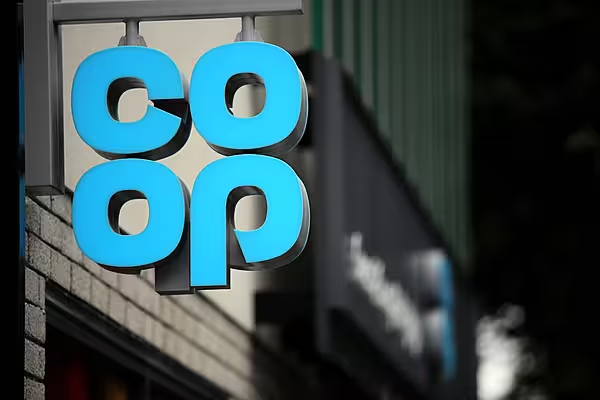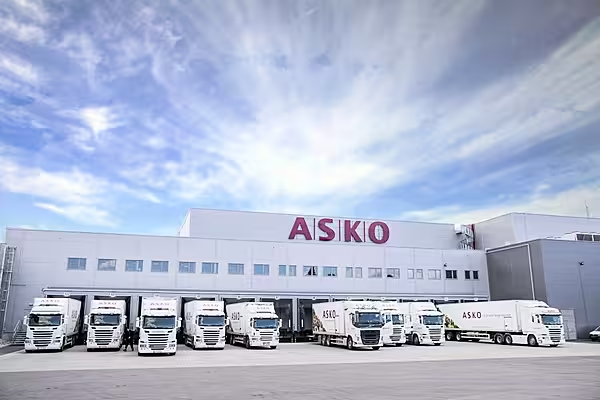China’s producer prices fell in July to the lowest level since 2009, in the latest sign that Premier Li Keqiang must take measures to support growth.
The country’s producer-price index fell 5.4 per cent year on year last month, according to the National Bureau of Statistics. The drop, which exceeded the median estimate for a 5 per cent decrease, extends declines to 41 straight months. The consumer-price index increased 1.6 per cent from the year-earlier period, as a surge in pork prices offset sluggish growth in the cost of non-food items.
The producer-price drop indicates weak demand both at home and abroad for China’s industrial sector. Reversing the trend is a key focus of China’s policymakers as they attempt to meet an annual growth target of about 7 per cent. The central bank has cut interest rates four times since November in a bid to cushion the slowdown.
“The government’s focus will be on PPI,” said Zhou Hao, an economist at Commerzbank AG in Singapore. “The goal this year is to sustain growth, so policies will continue to stimulate demand.”
Factory-gate prices of excavated oil and natural gas dropped 34.6 per cent, while those of ferrous metal fell 20.1 per cent, according to NBS. Meanwhile, non-food consumer prices rose 1.1 per cent year on year, down from 1.2 per cent in June.
“Weak non-food inflation and falling producer prices reflect a combination of subdued commodity prices, industrial overcapacity and weak demand,” Bloomberg economist Fielding Chen wrote in an analysis. “The risk is a negative feedback loop where low prices push up real borrowing costs, damp corporate investment and discourage consumer spending.”
The pickup in overall consumer prices was driven mainly by a supply crunch in pork. The price of the meat - a major staple on Chinese dining tables and an important part of the CPI basket - leaped 16.7 per cent in July from a year earlier, according to the statement.
Bloomberg News, edited by ESM. To subscribe to ESM: The European Supermarket Magazine, click here.
